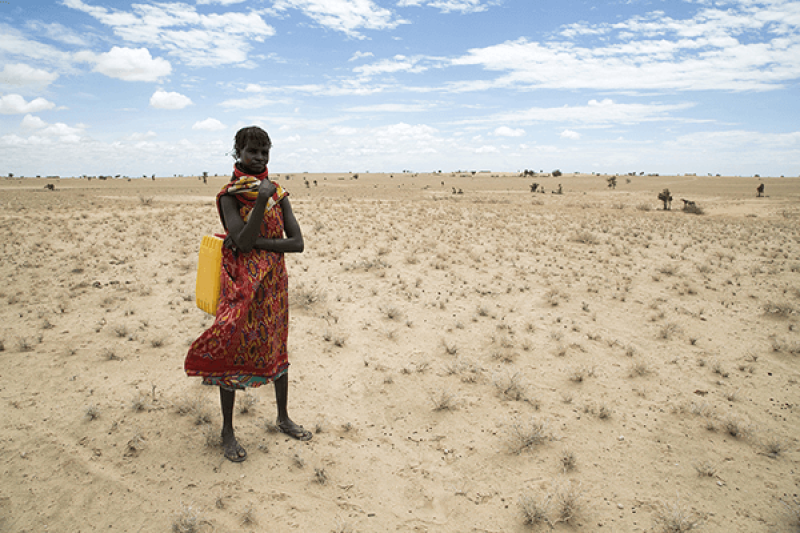President William Ruto lifted a 10-year ban on Genetically Modified (GM) crops officially allowing the importation of the same into the country. As expected, the move has caused mixed reactions from several quarters. Opponents of GM foods have stated that President Ruto acted too fast and should have first constituted a task force to undertake public participation and awareness creation before implementation.
Some have even alluded that the executive is being pushed by selfish interests that seek to give a monopoly to international seed producers who will now have full control of the seed system at the behest of farmers.
While making an in-depth presentation during the Open Forum on Agricultural Biotechnology Media awards in Nairobi, Eastern Africa Grain Council executive director Gerald Makau Masila presented the data in a crystal clear manner justifying why scientists had to go the biotechnology way.
…
Kenya and the Horn of Africa are facing their worst drought in more than four decades. The Government made the move in the backdrop of a biting drought in Kenya that has never been seen in 40 years that had left more than 4.3 million Kenyans facing starvation. By lifting the ban, the Government was hoping to address the potential food crisis.
Masila noted that the exponential rise in population growth and the shrinking size of arable land for food production also forced the government to make difficult choices.































